Review
Innovation in the automotive sector largely comes from two areas: technology and powertrains. When it comes to refinement, driveability and practicality the Golf was already the segment benchmark, but we entered our long-term test of the eighth-generation car with some trepidation.
While the new Golf comes packed with technology, not all of it worked properly. Early teething problems with the car’s new infotainment system and updated driver assistance systems were widespread. Even our own GTE test car suffered a few glitches.
This hasn’t stopped people buying the car in droves, however. At the time of writing, the Golf is the UK’s second-best selling car. Its fleet performance is equally strong, with almost 40% of new Golfs going into the true fleet market.
Having covered 5,000 miles in the Golf GTE, it’s easy to see why. Once you get your head around the new infotainment setup, which incorporates pretty much everything into a central touchscreen, there’s very little not to like.
The seats are comfortable and supportive, the digital instruments are crisp and easy to read, there’s plenty of space for people and things, as we’ve previously alluded – it really is a great all-rounder.
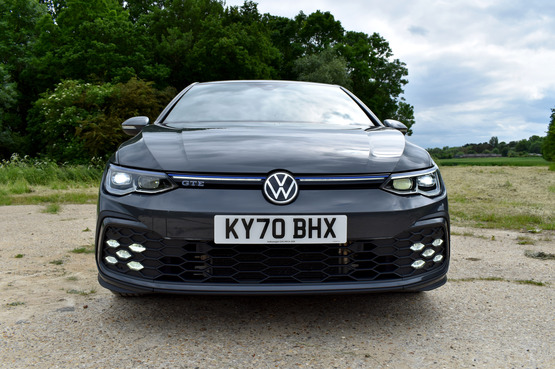
Our GTE plug-in hybrid model returned 55mpg during our time with it. This was achieved from a mixture of long motorway trips, where the 1.4-litre turbocharged petrol engine did the bulk of the work, and shorter zero-emission ones that made use of the car’s electric range.
With its high level of specification and compliant drive, the GTE could easily be comparable to premium-badge rivals, offering features like matrix LED headlights, adaptive cruise control with lane keep assist and the ability to use your smartphone as a key.
It’s not the ‘hottest’ hot hatch, due to the weight of its battery pack, but it’s certainly one of the best handling plug-in hybrid cars currently on the market. The optional DCC adaptive dampers are a must, if anything to smooth out the ride on rougher surfaces - we spend the majority of our time in Comfort mode.
We’d also recommend the 18-inch alloy wheel upgrade, purely for aesthetic reasons.
Volkswagen may be throwing a lot of investment at its ID range of electric cars right now, but the latest Golf is no afterthought. With a broad range of models and powertrains, there really should be something for everyone.
Comfortable and easy to drive
It’s been a busy month for the Fleet News office and the Golf GTE has put in its fair share of work, getting me to numerous events as well as running personal errands.
I’ve managed to clock up more than 1,000 miles in the car in just a few weeks, with October bringing both sunshine and showers, darker evenings and cooler mornings, the GTE has taken it all in its stride.
I’m sure you’re interested in how efficient it is.
Well, after five months I’m happy to report that we’ve averaged 55mpg. Even the longest journeys, where the battery ends up fully depleted, have returned more than 50mpg. The Golf always sets off in EV Mode, unless the battery is flat, offering a realistic range of around 28 miles.
The engine kicks in automatically when the charge level reaches 10%. You can also choose Hybrid, by touching the Drive Mode button, for a mixture. We tend to use the latter, making use of the petrol engine for motorways and keeping the electric range for lower-speed work.
If you use the satnav, the car will work out the best mix for you.
Aside from some slightly intrusive tyre noise on rougher motorway surfaces, the Golf is proving to be a perfectly adept long-distance car. It’s comfortable, easy to drive and offers good visibility. At night, the IQ Matrix LED headlights are particularly impressive, reacting well to oncoming traffic and providing the best possible vision.
Software glitches become apparent
The summer plans of many may have been impacted negatively by the “pingdemic”, with those unfortunate enough to receive a notification from the NHS Test and Trace app forced into isolation.
While I, unlike hundreds of thousands of Brits, managed to avoid exposure to a Covid-19 infected individual, I have been suffering from my own “pingdemic” while driving the Golf GTE.
We’ve been aware, anecdotally, of teething problems with VW’s latest operating system for a while. It was one of the reasons deliveries of the new ID3 were delayed last year. Computer said no.
Since we took delivery of our Golf in May, it has repeatedly presented us with a loud “ding” and a warning message stating “Traffic hazard warning is currently restricted”.
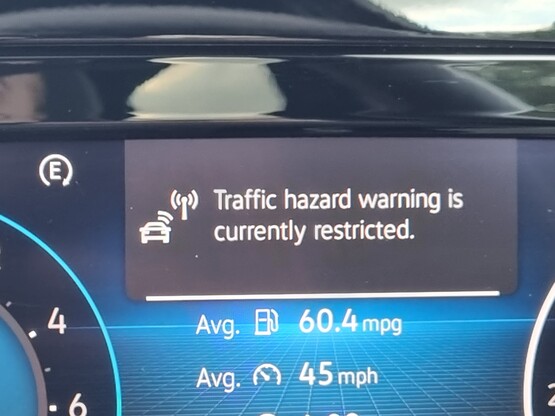
After a bit of digging (and finally resorting to the car’s handbook) we found that this refers to the Car2x capability – which allows it to pick up messages from other cars and alert the driver of potential hazards ahead.
We’ve also suffered from occasional failures of the parking sensors and blind spot monitoring, but it’s the Car2x fault that really frustrates as it pops up everytime we drive the car – usually after about four miles.
Volkswagen updated the car’s software, which seemed to fix numerous other niggles, but it seems the Car2x element doesn’t want to play ball. It’s a shame, as both Germany’s ADAC and Euro NCAP have applauded the system for its safety benefits.
While I’m outlining the car’s foibles, there’s one other and it’s something that we’ve experienced on multiple Volkswagen Group vehicles. On occasion, the lane keep assist system will get confused and throw up a “drive in the centre of the lane” warning. This is accompanied by a significant lightening of the steering, which is really frustrating as the lane keeping system is otherwise pretty decent.
The Golf represents a significant step forward in in-car technology and, while most of it works impressively well, there are clearly some more bugs in the system to iron out. Despite the gripes we’re still very happy with the Golf’s performance so far.
Is it as good as a GTI?
Outside of the Volkswagen Group stable, the GTE has no direct rivals. But, is it worthy of those ‘GT’ letters on its tailgate?
A good hot hatch needs to be as thrilling as it is practical, as sporty-looking as it is efficient and put a smile of you face both behind the wheel and at the fuel pump.
The Golf range offers something for everyone, with a vast array of performance models. We’ve had a go in the GTI and GTD to see how our GTE compares.
On paper, the GTE fares well. It has the same 245PS peak power as the GTI and shares a torque figure (400Nm) with the GTD. Weight prevents the GTE from being the quickest from 0-60, but it still clocks a respectable 6.7 seconds – less than half a second off the GTI’s time.
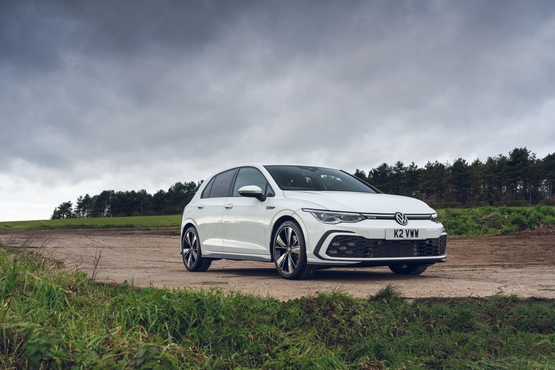
Each deliver their grunt in a different way, however. The GTI needs to be worked hard to deliver the goods, while the GTD gets going with more vigour and needs nothing more than a brush of the accelerator to gather pace. It runs out of puff a lot more quickly, however with only 200PS on tap.
With the GTE it’s a bit of a mixed bag. It’s potent enough when running on just electricity, with enough power to nip out of junctions and to reach motorway speeds. Once you bring the 1.4-litre petrol engine into the mix it’s a bit lacklustre unless you nail the throttle, in which case the electric motor works with the engine to deliver the full burst of power.
The GTI feels most nimble in the bends, although the GTD isn’t far behind. Both feel superior to the GTE as a driver’s car, but not by as much as you’d think. Our car’s optional adaptive dampers help to firm up the ride when you need it and the standard fit variable ratio steering ensure the car changes direction swiftly.
When it comes to running costs, the advantage of opting for the GTE becomes apparent. While it’s the most expensive of the three at almost £37,000 – drivers will save £2,000 per year in benefit-in-kind tax when compared to a GTI and £1,500 over a GTD. It also has the lowest running costs, of 44p per mile (GTI 51ppm; GTD 45ppm).
Simply the best all-rounder
I was very complimentary of the new eighth-generation Golf when I first drove it almost two years ago. It was the first Golf in a long time that aimed to move the game on somewhat, by introducing new technology and showcasing the VW Group’s new MQB Evo platform.
We’ve since seen the introduction of the Audi A3, Seat Leon and Skoda Octavia, all using the same underpinnings, and our impressions of the Golf started to wane. Seat offered a more exciting drive and Skoda a more practical and refined package, for less money.
As the Golf range has grown, with models like our GTE and the recently announced eHybrid version, the scales are starting to tip back in the Golf’s favour. It offers the broadest model line-up, the strongest residuals and, to coin a cliché, it’s simply the best all-rounder.
One of the key elements of this new Golf is the digital cockpit. It does away with switches and knobs, instead utilising a central touchscreen for all the car’s functions. As a result the dashboard is much cleaner and more driver focused than before.

It takes a bit of getting used to and, for a first-time user at least, the systems can be a little frustrating. But, like all pieces of technology, once you’ve got the hang of it then it all becomes rather straightforward.
The voice control system is particularly useful and can be used for a number of key functions. It responds to phrases like “I’m cold” or “take me home”, which reduces the need to prod at the screen.
Volkswagen is rolling the new system out across its models, with the ID3 and ID4 the latest to benefit. Connectivity plays a major part in its operation, enabling users to perform software updates over the air and also download additional features to the car where the hardware already exists, like automatic high beam control. There’s also a car-to-x function, that enables compatible models to provide warnings about collisions or traffic jams to each other.
VW Golf GTE joins our fleet
There are more performance-focused variants of the new VW Golf than there are ‘regular’ ones, with various iterations of the famous GTI, joined by the range-topping R plus the GTD and GTE.
The GTE uses a more powerful 245PS version of VW Group’s otherwise familiar 1.4-litre petrol-electric setup – as in our current Audi A3 long-termer.
A 13kWh battery provides a zero-emission range of up to 40 miles and the GTE can hit 62mph from rest in 6.7 seconds, just half a second slower than a GTI.
The GTE is designed to entice company car drivers with a tax-friendly combination of practicality and sportiness. From the outside it’s adorned with an aggressive body kit, enhanced with our test car’s optional 18-inch alloy wheels.
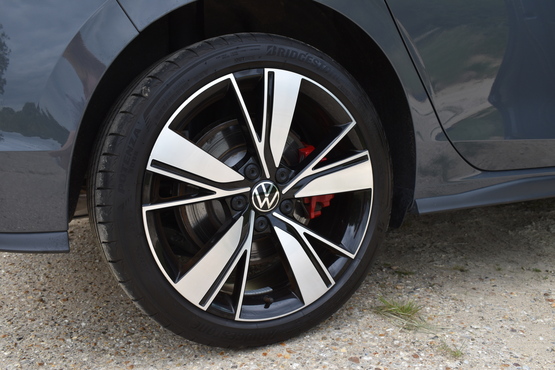
Inside, you get the same seats and steering wheel as a GTI, albeit with signature blue ‘GTE’ detailing, which also features on the front grille.
The car comes with a decent level of specification as standard, including LED matrix headlights, keyless entry and adaptive cruise control with lane keep assist and blind spot monitoring.
Our car is also equipped with the £270 Winter Pack, which provides heated seats for all occupants and a heated steering wheel.
We’ve also got the £300 reversing camera, £215 Digital Key - the ability to open and start the car with a smartphone and, most importantly, the Dynamic Chassis Control at £715 – more on that next time.
A head-up display and Dolphin Grey paint brings the total cost of our test model to almost £40,000.
From a tax perspective the GTE is particularly attractive. Even with our larger wheels it slips into the 7% tax band meaning this highly-specced version has monthly bills of less than £50.
With almost 1,000 miles covered, the GTE is already impressing with its 60+mpg economy.
Matt has been an automotive journalist for nine years and has driven just about every new car and van that's on sale. As content editor - vehicles he is responsible for the automotive content on Fleet News and also contributes to Automotive Management. Prior to this, Matt worked in the automotive industry for 10 years.


Specs
| Manufacturer | Volkswagen |
| Model | Golf |
| Specification | Golf Hatch 5Dr 1.4TSI PiH 13kWh 245 SS GTE DSG6 21MY |
| Model Year | 0.00 |
| Annual VED (Road tax) | £0 |
| BIK List Price | £36,105 |
| CO2 | 26g/km |
| BIK Percentage | 7% |
| Insurance Group | N/A |
| CC | N/A |
| Fuel Type | Petrol Hybrid |
| Vehicle Type | Small family car |
| Luggage capacity (Seats up) | 5litres |
Running Costs
| P11D | £36,105 |
| Insurance group | N/A |
| Fuel Type | Petrol Hybrid |
| Cost per mile | 92.70ppm |
| Fuel | 8.09ppm |
| Depreciation | 81.90ppm |
| Service maintenance and repair | 2.71ppm |
Rivals
Info at a glance
-
P11D Price
£36,105
-
MPG
256.8 (WLTP) -
CO2 Emissions
26g/km -
BIK %
7% -
Running cost
3 Year 60k : N/A 4 Year 80k : N/A -
Fuel Type
Petrol Hybrid

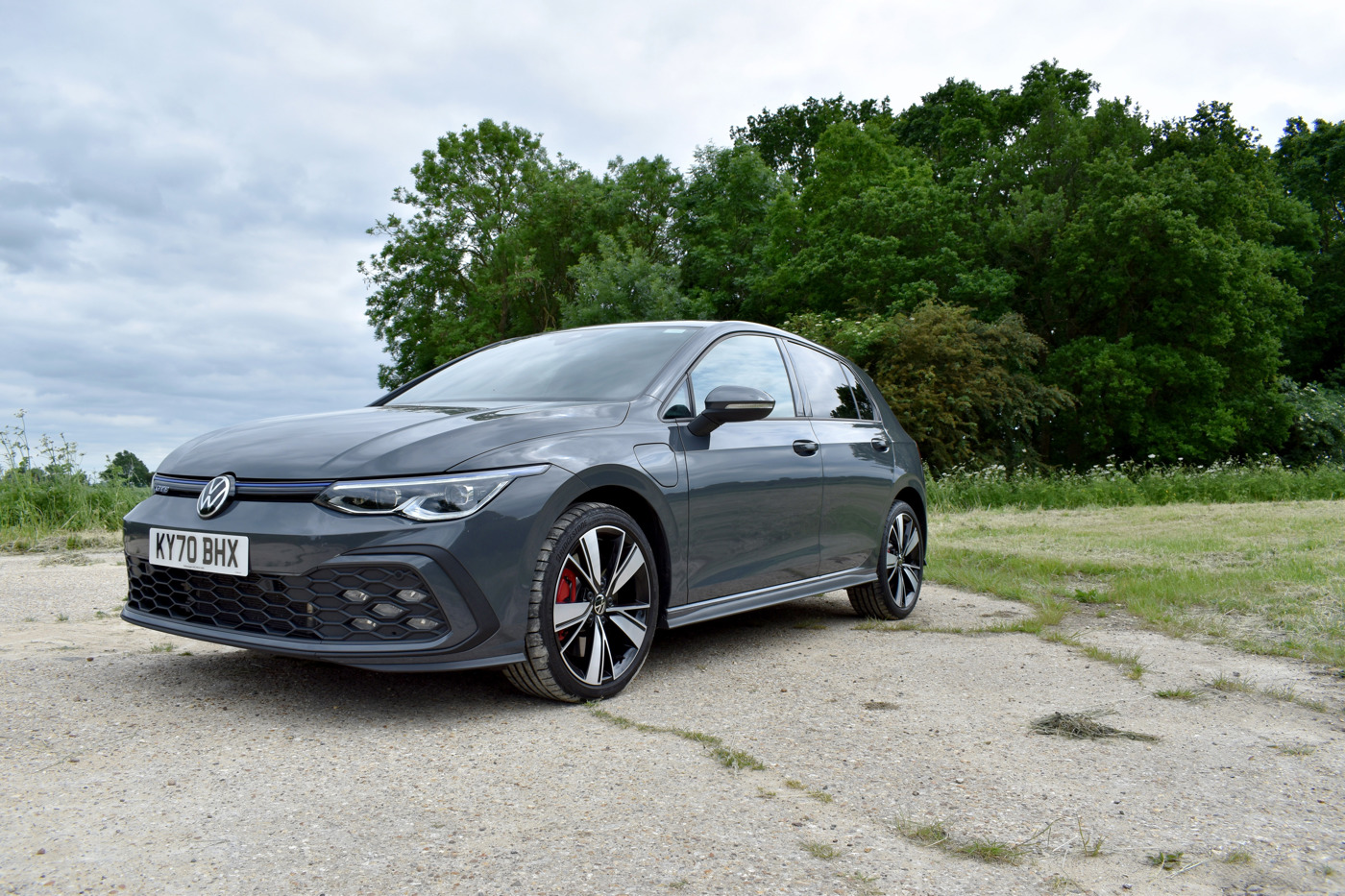



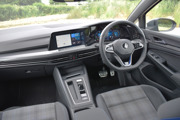


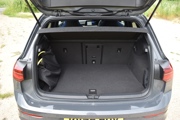



 Petrol Hybrid
Petrol Hybrid
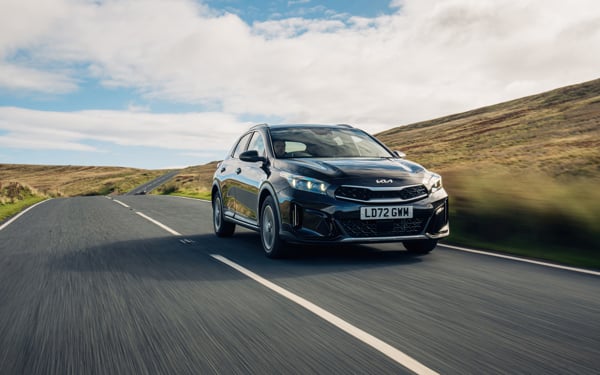

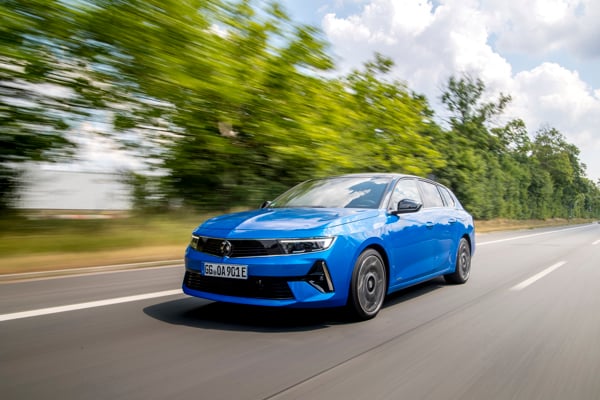
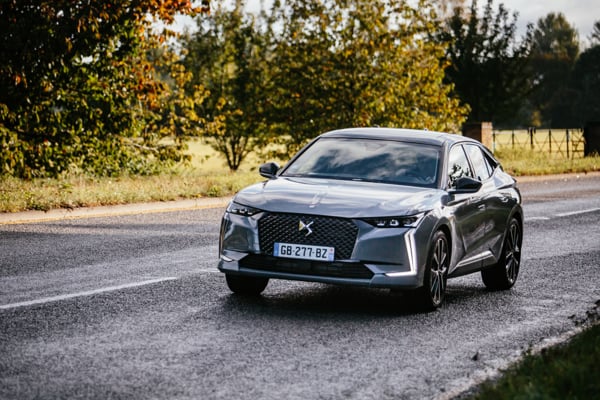
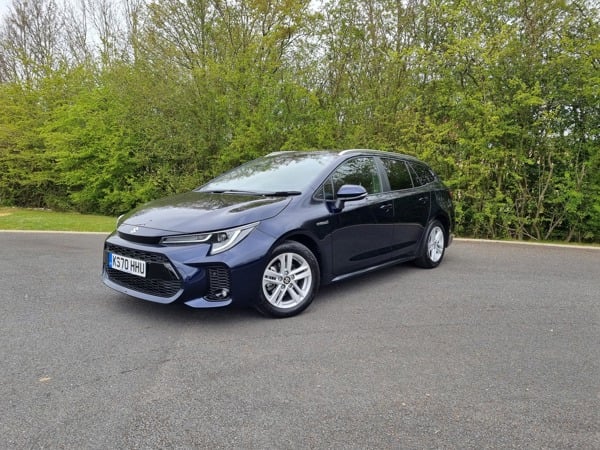



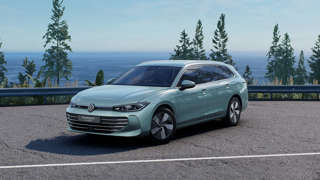













Login to comment
Comments
No comments have been made yet.